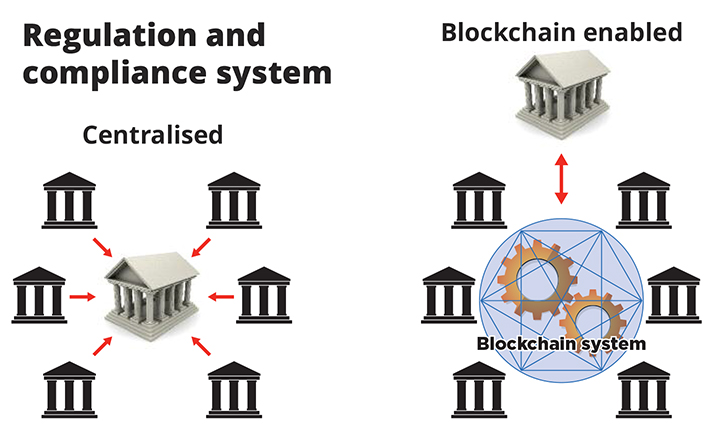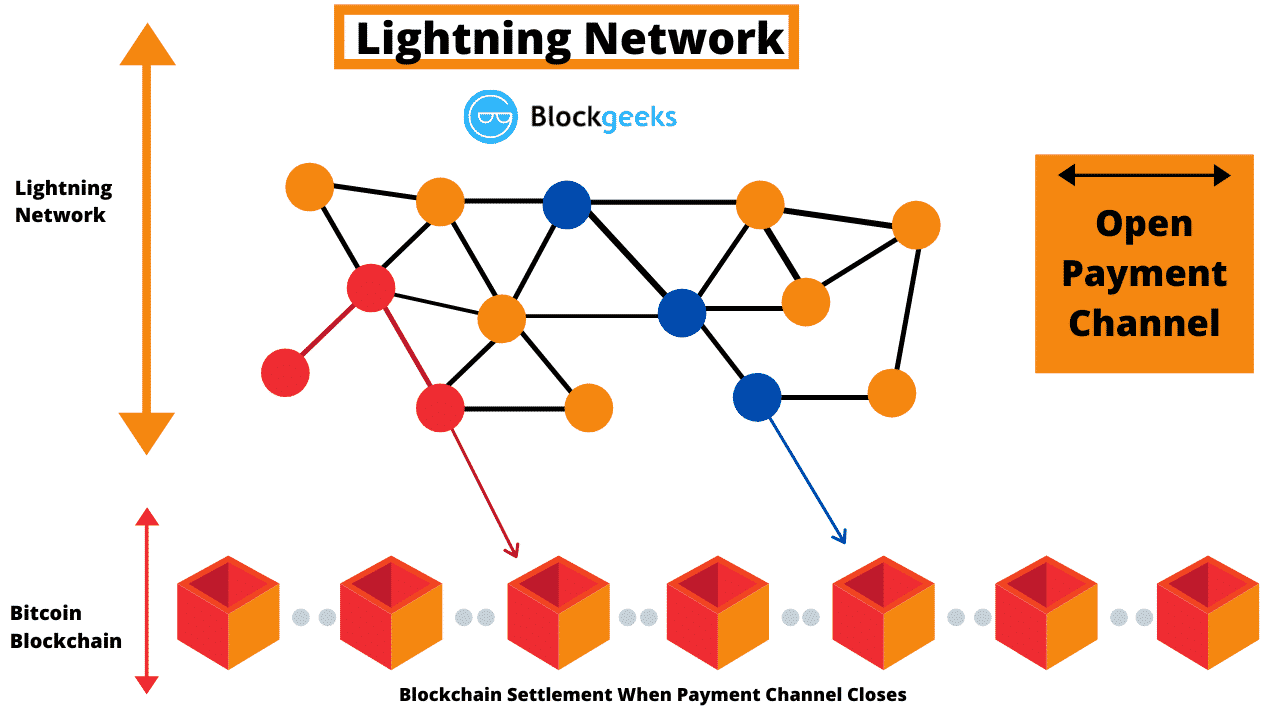Blockchain Technology in Finance: Advantages and Drawbacks.
Sure, here is an article on Blockchain Technology in Finance: Advantages and Drawbacks:
Blockchain is a distributed ledger technology that allows for secure, transparent, and tamper-proof transactions. It has the potential to revolutionize the financial industry by making transactions faster, cheaper, and more secure.
Advantages of Blockchain in Finance
- Security: Blockchain is a very secure technology. Transactions are recorded in a distributed ledger, which means that they are not stored in any one central location. This makes it very difficult for hackers to tamper with or steal data.
- Transparency: Blockchain is a transparent technology. All transactions are recorded on the blockchain, which means that they are visible to everyone on the network. This makes it easy to track and audit transactions.
- Efficiency: Blockchain can streamline financial transactions. For example, it can be used to automate clearing and settlement, which can save time and money.
- Cost reduction: Blockchain can reduce the cost of financial transactions. For example, it can eliminate the need for intermediaries, such as banks and clearinghouses.
- Improved traceability: Blockchain can be used to improve traceability of assets. This can be useful for tracking the movement of goods and commodities, as well as for preventing fraud.
Drawbacks of Blockchain in Finance
- Scalability: Blockchain is still a relatively new technology, and it is not yet clear how scalable it is. As the number of users and transactions on the blockchain increases, it is possible that the network could become congested.
- Complexity: Blockchain is a complex technology, and it can be difficult to understand and implement. This could deter some businesses from adopting blockchain technology.

- Regulation: The regulatory landscape for blockchain is still evolving. This could create uncertainty for businesses that are considering using blockchain technology.
- Environmental impact: The mining process for some blockchains, such as Bitcoin, consumes a lot of energy. This could be a concern for some businesses and investors.
Conclusion
Blockchain is a promising technology with the potential to revolutionize the financial industry. However, there are still some challenges that need to be addressed before blockchain can be widely adopted. These challenges include scalability, complexity, regulation, and environmental impact.
Despite these challenges, the potential benefits of blockchain are significant. Blockchain could make financial transactions faster, cheaper, more secure, and more transparent. It could also improve traceability of assets and prevent fraud. As the technology continues to develop, it is likely that blockchain will play an increasingly important role in the financial industry.
In addition to the advantages and drawbacks mentioned above, there are a few other things to consider when evaluating blockchain technology for financial applications. These include:
- The type of blockchain: There are different types of blockchains, each with its own strengths and weaknesses. For example, public blockchains are open to anyone, while private blockchains are only accessible to authorized users.

- The use case: The specific use case for blockchain will affect the level of security, scalability, and privacy that is required. For example, blockchain is well-suited for tracking the movement of goods and commodities, but it may not be the best choice for processing high-volume transactions.
- The regulatory environment: The regulatory environment for blockchain is still evolving. Businesses that are considering using blockchain technology should carefully evaluate the regulatory risks in their specific jurisdiction.
Overall, blockchain is a powerful technology with the potential to transform the financial industry. However, it is important to carefully consider the advantages and drawbacks of blockchain before adopting it for financial applications.
The blockchain community can overcome the drawbacks of blockchain technology. Here are some of the ways that they are working to do this:
- Scalability: There are a number of projects underway to improve the scalability of blockchain technology. One approach is to use sidechains, which are separate blockchains that are linked to the main blockchain. Another approach is to use sharding, which divides the blockchain into smaller pieces.
- Complexity: The blockchain community is working to make blockchain technology more user-friendly. This includes developing educational resources and tools that make it easier for people to understand and use blockchain technology.
- Regulation: The blockchain community is working with regulators to develop clear and consistent regulations for blockchain technology. This will help to reduce uncertainty and encourage businesses to adopt blockchain technology.

- Environmental impact: The blockchain community is working to develop more environmentally friendly blockchains. This includes using renewable energy sources and reducing the energy consumption of mining.
The blockchain community is still in its early stages, but it is making significant progress in addressing the drawbacks of blockchain technology. As the technology continues to develop, it is likely that these drawbacks will be further reduced.
Here are some specific examples of projects that are working to overcome the drawbacks of blockchain technology:
- The Lightning Network: The Lightning Network is a layer-2 solution that is designed to improve the scalability of Bitcoin. It allows for off-chain transactions, which can reduce the congestion on the main blockchain.

- The Sharding Protocol: The Sharding Protocol is a proposed solution that would divide the Ethereum blockchain into smaller pieces, or shards. This would allow the blockchain to process more transactions per second.
- Energy-efficient mining: There are a number of projects underway to develop more energy-efficient mining methods. One approach is to use renewable energy sources, such as solar and wind power. Another approach is to use less powerful hardware.
The blockchain community is committed to overcoming the drawbacks of blockchain technology. As these drawbacks are addressed, blockchain is likely to become more widely adopted and used to solve a wider range of problems.




































